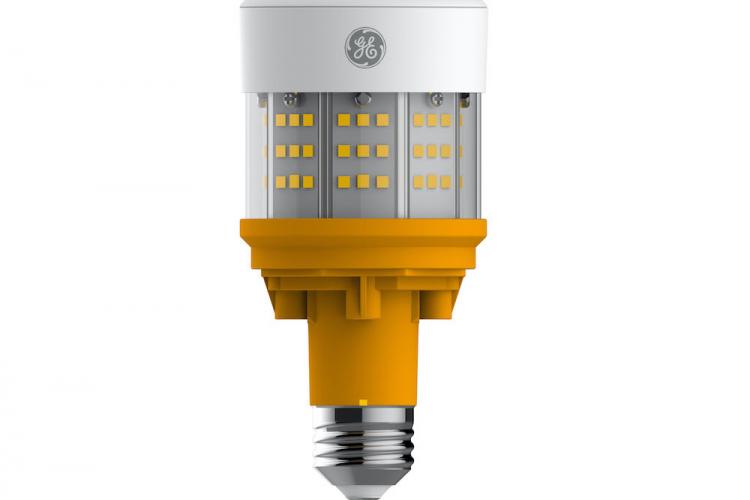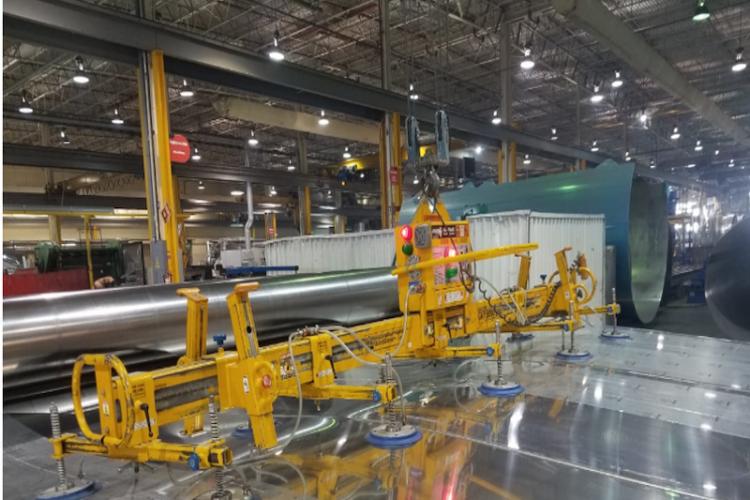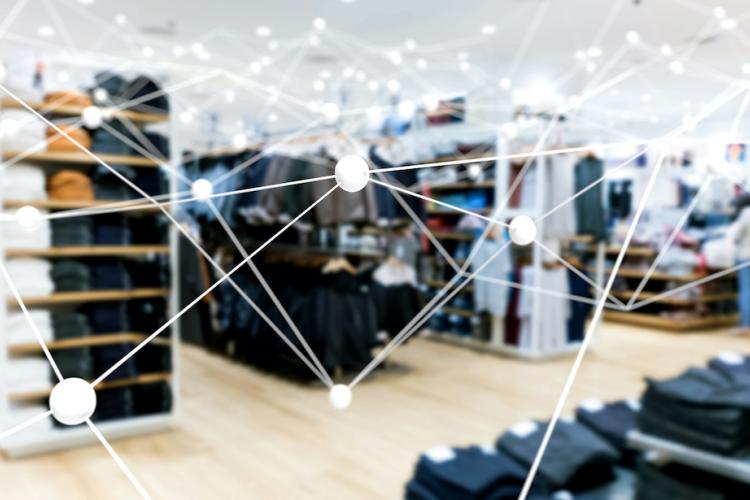The Future of Work with Intelligent Enterprises
The Future of Work with Intelligent Enterprises
The Future of Work with Intelligent Enterprises
Facilities such as offices and high-rises can capitalize on the digital nature of LED to connect lights and sensors to each other and to a building’s IT network. As the U.S. General Services Administration explains, the result can be a rich array of location-specific data on room occupancy, amount of daylight, temperature, humidity and other variables. Using this data, the technology mediates environmental, user and building information to both save energy and maintain occupant comfort.
As with sensors and transmitters, lighting controls are becoming more sophisticated and less costly, and widespread commercial adoption remains only a matter of time. In fact, Title 24 of the California Energy Commission’s efficiency standards mandates the use of lighting controls in some new buildings. Enacted in 2013, it is among the first pieces of legislation of its kind and, undoubtedly, an indication of things to come.
Integrated controls—where lighting control is interfaced with a building automation system (BAS) to simultaneously manage heating, ventilation and cooling (HVAC)—have the greatest potential to elevate operations to new levels of efficiency and effectiveness. For instance, an intelligent office might know to automatically dim lights on a sunny day to limit wasteful energy use or turn down the heat in a crowded conference room to keep occupants comfortable.
Lighting controls are even changing the way we experience retail stores. Indoor location technology—a form of Bluetooth Low Energy (BLE) —is making it possible for the lighting infrastructure to “talk” to shoppers by leveraging beaconing technology to pinpoint the location of shoppers. This technology can wirelessly connect to your smartphone—provided that customer is currently using the retailer’s app on his or her mobile device and its Bluetooth is on.
For store owners, this creates a tremendous opportunity to deliver new value to consumers, from personalized shopping lists and easy-to-follow maps to product info and special offers or coupons based on where a person is standing in a particular aisle, relative to specific goods or merchandise.
And not a moment too soon, say many. To better understand the impact of smartphones and online information on in-store shopping, Google recently partnered with Ipsos MediaCT and Sterling Brands for an online survey. The study revealed that consumers want more information and customized experiences during their shopping journey: Two in three shoppers who tried to find information within a store say they didn’t find what they needed, and 43 percent of them left frustrated. Meanwhile, 71 percent of shoppers who use smartphones for online research say their device has become more important to their in-store experience.
Beyond the retail industry, lighting-based indoor positioning systems could also see applications in airports, commercial offices, hospitals and many other environments where it is beneficial to know one’s exact location.
Learn more about how wireless Daintree Networked controls can help transform workplaces into intelligent commercial offices, saving money and reducing energy consumption.






